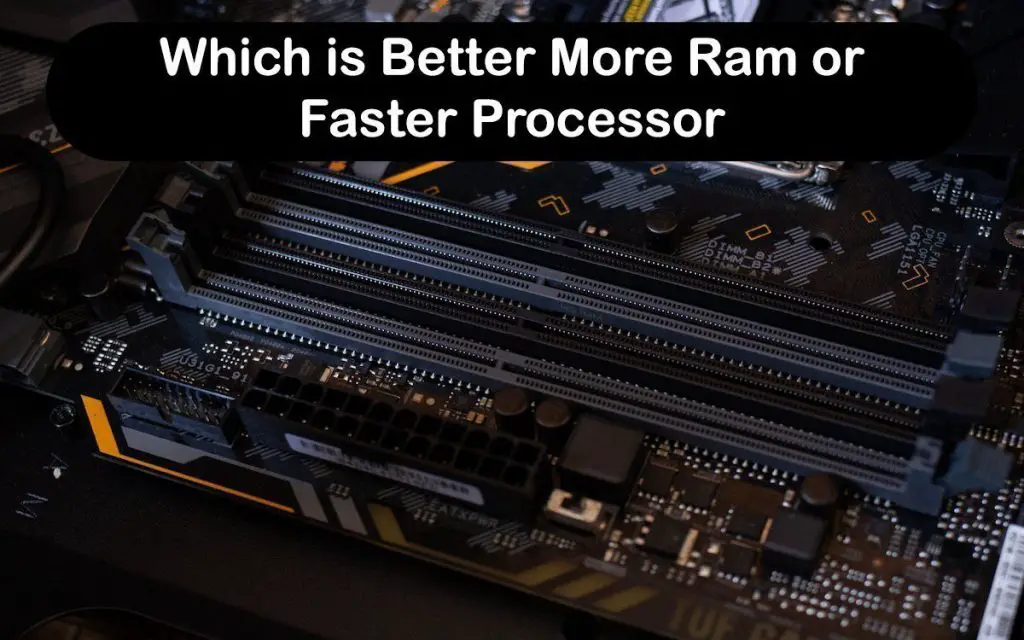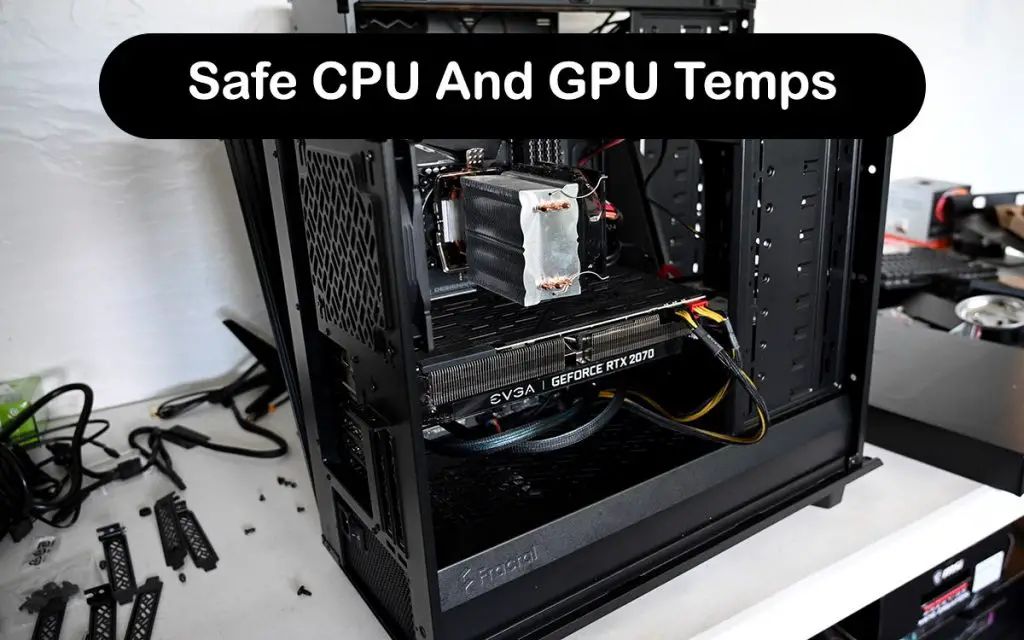Thermal paste, also known as thermal compound, is the viscous paste that you use when installing a new CPU. The compound ensures that the CPU heat spreader and cooler make proper contact. In other words, it is there to create optimal conditions for thermal conductivity. But how often should you replace thermal paste on CPU?
Thermal paste needs to be replaced every so often. Everyone will give you a different answer. Some will say that you need to replace it every six months, others say that it can last five to ten years. So, how often should you replace thermal paste on CPU if you have never had issues with overheating? In cases where your CPU is always running under 85°C, even under a full load, you have little reason to replace it.
If you are experiencing overheating issues, replacing your thermal paste is the first thing that you should try. More often than not, a poorly applied thermal paste or one that has dried out will cause overheating, so changing it will fix the issue. If you have properly replaced your thermal compound but still experience overheating issues, then it is most likely an issue with your CPU cooler itself.
How often should you replace thermal paste on CPU if you take your usage into account? Are all thermal pastes created equally? What about when you take the cooler off? You can find the answers to these questions and more below.
How Often Should You Replace Thermal Paste On CPU?
Changing your thermal paste is inexpensive and easy to do. Even if you have to do it every 6 months, as some people recommend, it only takes a few minutes. You can also use the opportunity to get the dust out of your PC case with a can of compressed air. Whether you want or need to do it depends entirely on you. If you want to run at the absolute lowest temperatures possible, changing it every six to twelve months is a good start.
Note that if you have applied the thermal compound correctly, you will only notice a 1°C-2°C drop under a full load. Unless you did something wrong when applying your thermal compound the last time you changed it, there is little reason to change it. On the other hand, if you notice that your CPU runs hot even during idle, then you should try changing your thermal compound before doing anything else.
You should replace the thermal paste on your CPU whenever you are taking the CPU cooler off for any reason, whether it be to make a CPU upgrade or something else. This has to be done. If you take off your CPU cooler and then put it back on without changing the thermal compound, you are risking overheating issues.
You are introducing tiny air bubbles into your thermal paste as well as dust particles whenever you take the cooler off. It will happen every time, without exception. What this means in practice is that the cooler and CPU will not have the optimal contact, lowering the thermal conductivity.
When it comes to different thermal pastes, the main division is into conductive and non-conductive. In general, non-conductive pastes are cheaper and easier to work with, but also perform slightly worse. Unless you know what you are doing, it is recommended that you stick to non-conductive pastes. Conductive pastes are made from metals that are great at conducting heat, but also can short circuit your CPU or motherboard.
Conductive pastes dry out much more slowly than non-conductive, so you only need to change them once every 3-4 years. But high-quality non-conductive thermal pastes can also last a very long time without needing to be changed. If you do not see any overheating issues, you should simply replace it once every year or so.
Final Words
Thermal paste does not need to be changed all the time as some enthusiasts claim. You only need to change it annually or when you experience overheating issues. Also, it is a must that you change the thermal paste whenever you take the CPU cooler off. This is because taking it off and putting it back on without changing the thermal compound will introduce air bubbles and dust into it, making the performance worse.






